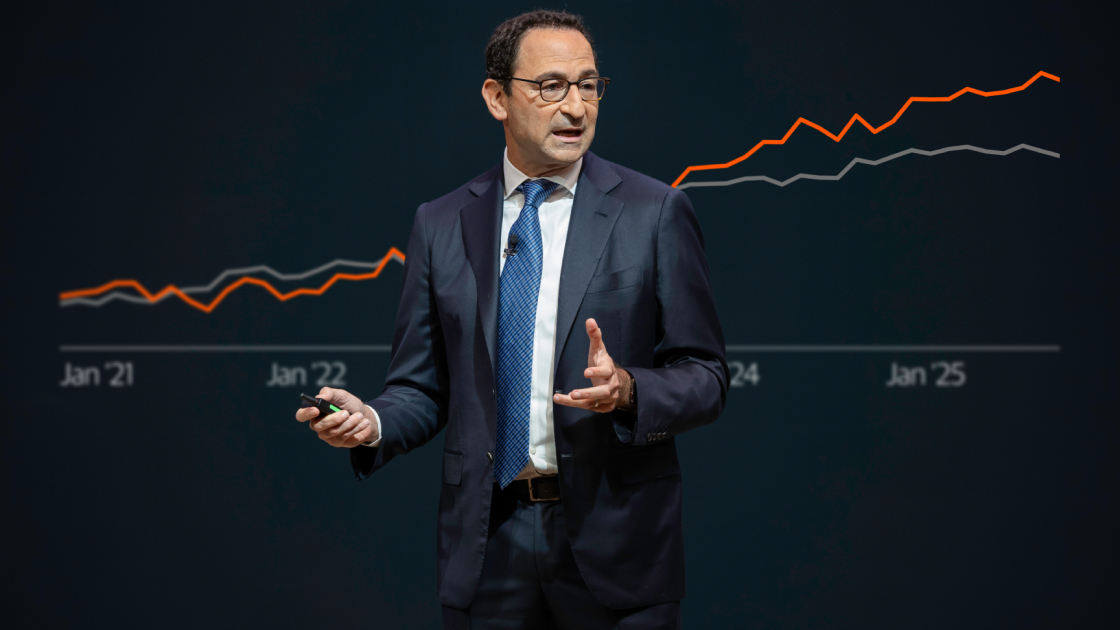Insights

Portfolio Insights
Powering the Future: Blackstone’s Investments across the Energy Value Chain

Portfolio Insights
Supporting Opportunity Through Shared Ownership

Market Views
Jon Gray on the Economy, AI, and Where to Invest Now

Portfolio Insights
Investing in the Picks and Shovels of AI

Firm News
Life Lessons from Stephen A. Schwarzman

Portfolio Insights
Driving New Ways of Transacting with Adevinta

Portfolio Insights
Copeland: More Than Capital

Investment Strategy
A Mid-Year Megatrends Update | The Connection

Investment Strategy
Navigating 2025: The Case for Private Assets in a Changing Market | The Connection

Investment Strategy
The Connection – Summer 2025

Investment Strategy
The 40% Problem

Market Views


